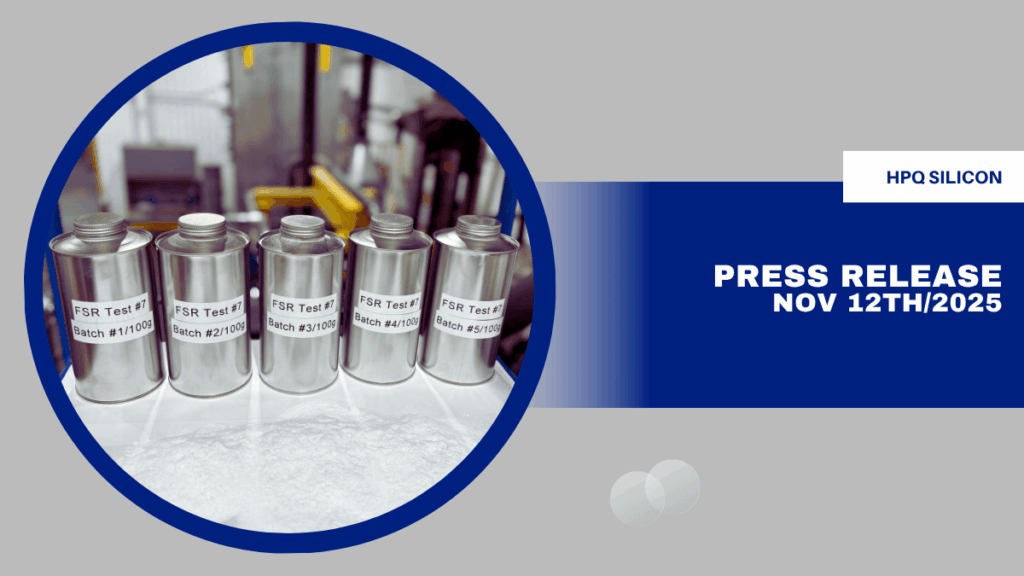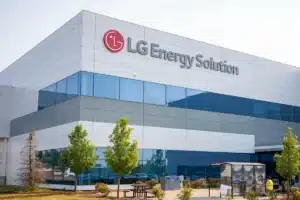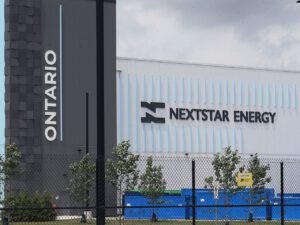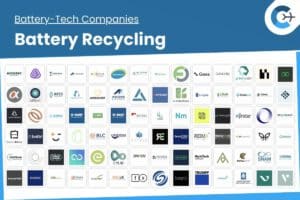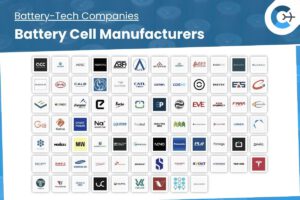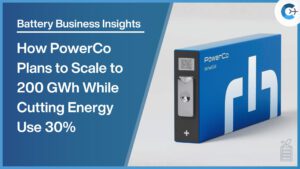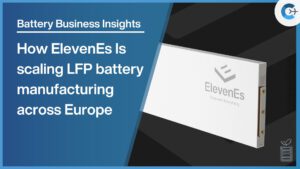An independent laboratory has confirmed that the pilot-scale run of the proprietary Fumed Silica Reactor (FSR) at HPQ Silica Polvere Inc.’s facility has produced commercial-grade fumed silica in a single step. The results from Test #7 demonstrate significant improvements in both surface area and purity compared with earlier pilot trials, underscoring the scalability and performance of HPQ’s plasma-based process.
According to the analysis, the material achieved a specific surface area (BET) ranging from 168.44 to 191.17 m²/g, up from 136 m²/g in the previous test—a 20 to 40 percent increase. Purity levels, measured by ICP-MS, reached between 99.74 and 99.83 percent, surpassing the 99 percent commercial baseline and improving on the 97.92 percent recorded in Test #6. X-ray diffraction confirmed the product is fully amorphous, consistent with the expected structure of true fumed silica.
These outcomes validate earlier lab-scale findings announced in November 2023, which reported surface areas of 135–185 m²/g at 99 percent purity. They also place the pilot-scale product at the upper end of industry specifications.
“Replicating and surpassing lab-scale results at a commercial pilot scale is a defining moment for HPQ,” said Bernard Tourillon, President and CEO of HPQ Silicon Inc. and HPQ Silica Polvere Inc. “What truly matters here is what we’ve achieved. By scaling lab results up twentyfold while maintaining, and even improving, quality metrics. These independent results confirm that our FSR technology can now consistently deliver industrial-grade material sustainably.”
Since the initial lab successes, HPQ and its technology partner have built and commissioned a pilot plant that is 20 times larger than the R&D unit. Over seven test campaigns in 2025, teams optimized feedstock parameters, energy profiles, and reactor stability to ensure consistent high-surface-area output under continuous operation.
The FSR process uses quartz as the sole feedstock, consumes up to 87 percent less energy than conventional methods, and cuts CO₂-equivalent emissions by 84 percent. It also eliminates hydrogen chloride by-products, reducing waste-management costs. Following Test #7, the project will move to maintain consistent production near 200 m²/g and ramp up to the facility’s full design capacity of 50 tonnes per year. Sample batches will be offered to potential partners in coatings, polymers, and advanced materials under non-disclosure agreements as the company advances toward commercial deployment.
Source: HPQ Silicon press release

